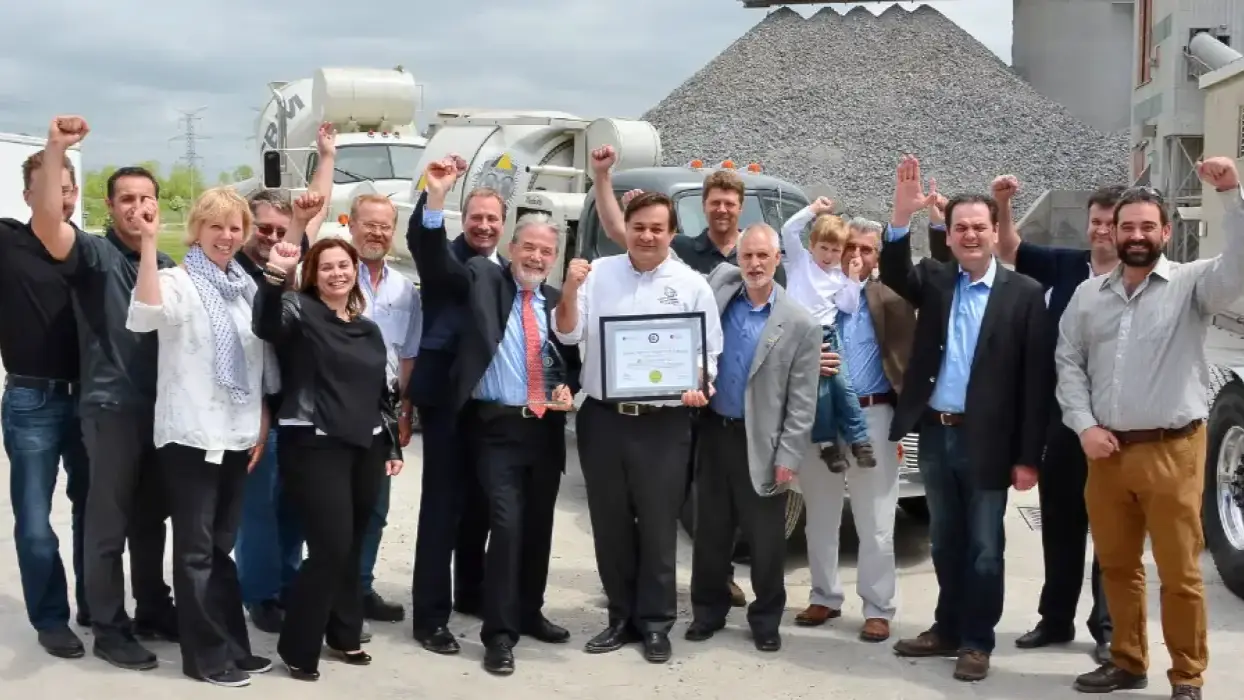

Energy Management


Energy Efficiency & Optimization
You would assume an empty building uses little energy. After all, with no machinery running, no occupants, the temperature set to a minimum and negligible power needs to keep the building secure, you’d think energy should cost very little.
In many instances however, this assumption is wrong.
Partially or completely empty buildings can consume surprising amounts of natural gas and electricity. In some cases, a building can use more energy when vacant than when fully utilized and occupied!
Take a manufacturing plant as an example. At capacity, it can be filled with machinery, air compressors, robotics, ovens and boilers. The building is not just full of equipment but also full of people. Together, they generate heat as a by-product of the work they are doing. The HVAC maintains consistent temperatures throughout.
If that manufacturer consolidates its processes elsewhere and the building becomes vacant, or is converted to warehouse uses, what happens? It is not unusual to see heating costs actually increase. The building no longer houses any production that produces heat as a by product. Yet, it consumes just as much natural gas as before. Any remaining office or warehouse staff will require a reasonably warm environment in which to work.

A completely unoccupied building requires a reasonable temperature range to maintain the structural integrity of the asset. Phantom loads remain left on in vacant buildings, and the HVAC is set to the wrong set points. All of these circumstances result in unnecessary costs to the building owner.
The following checklist of items can help keep energy costs to a minimum while protecting an empty and unoccupied building:
If a portion of a vacant building continues to be occupied for office or other uses, install a separate, dedicated HVAC system to keep just the occupied portion at a comfortable temperature. This action will avoid having to unnecessarily heat or cool large areas of the entire building. The energy savings can easily exceed the cost of the HVAC system over the course of several months. If it’s not possible to find a temporary heating solution for just the specific area still being used, consider renting separate office space and leaving the entire building empty.
These recommendations are meant to be modified to suit individual circumstances. But, it’s always smart to start with a robust checklist of items.
Minimizing energy use keeps money in the bank, instead of putting it into running a vacant building.
Status:
Ready
OG Link:
https://360energy.net/9-things-to-consider-when-leaving-a-building-empty/
Notes: